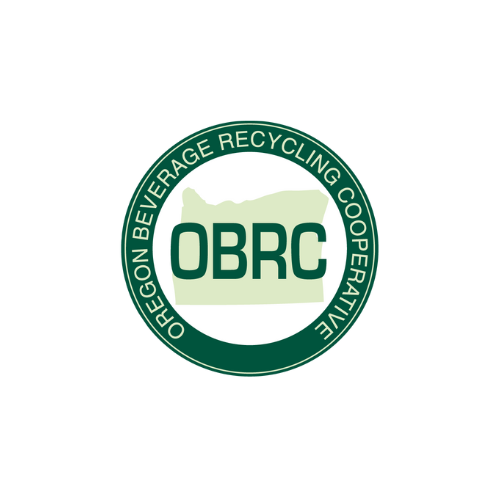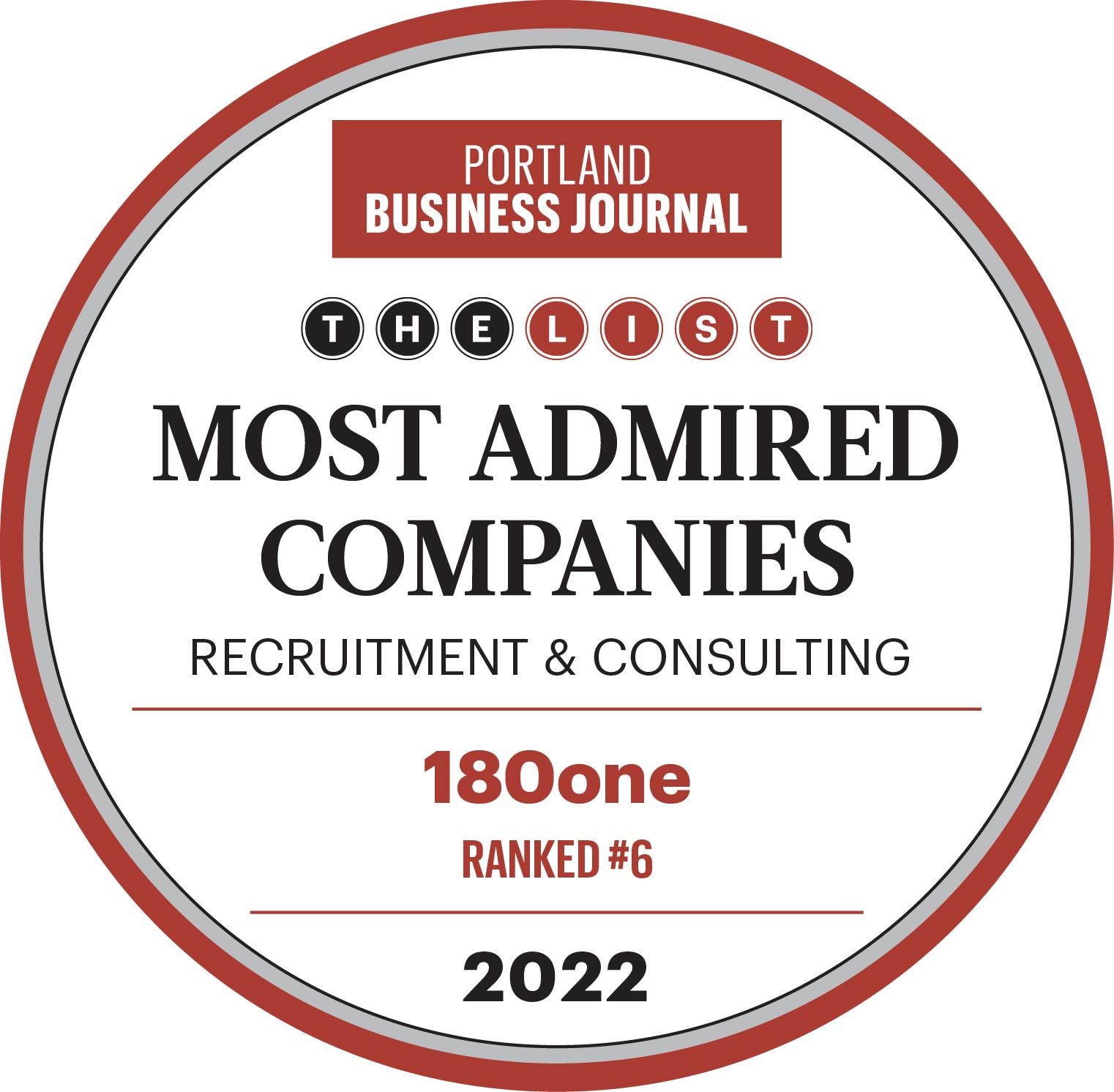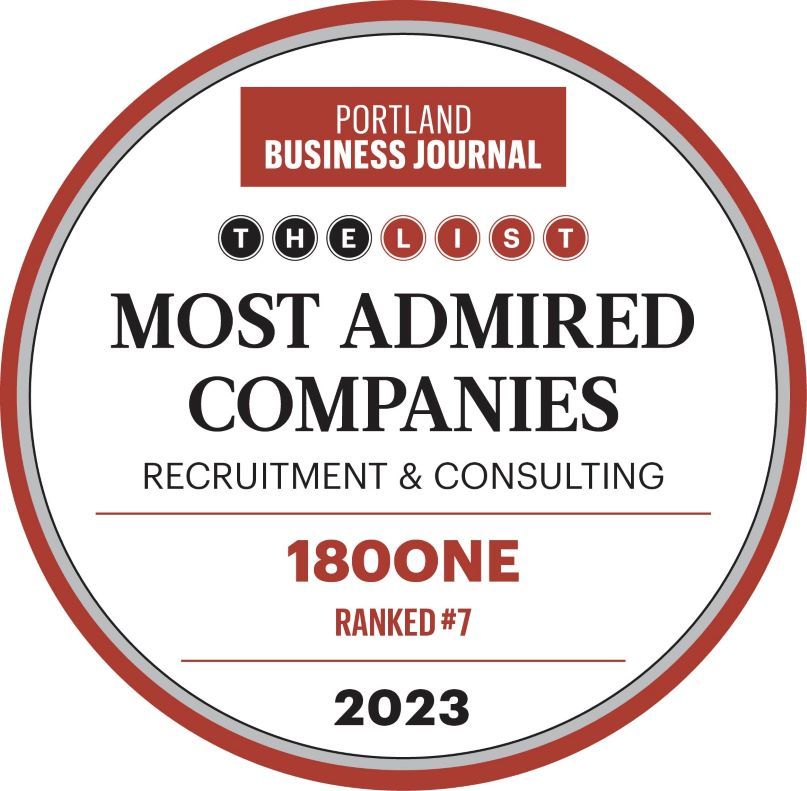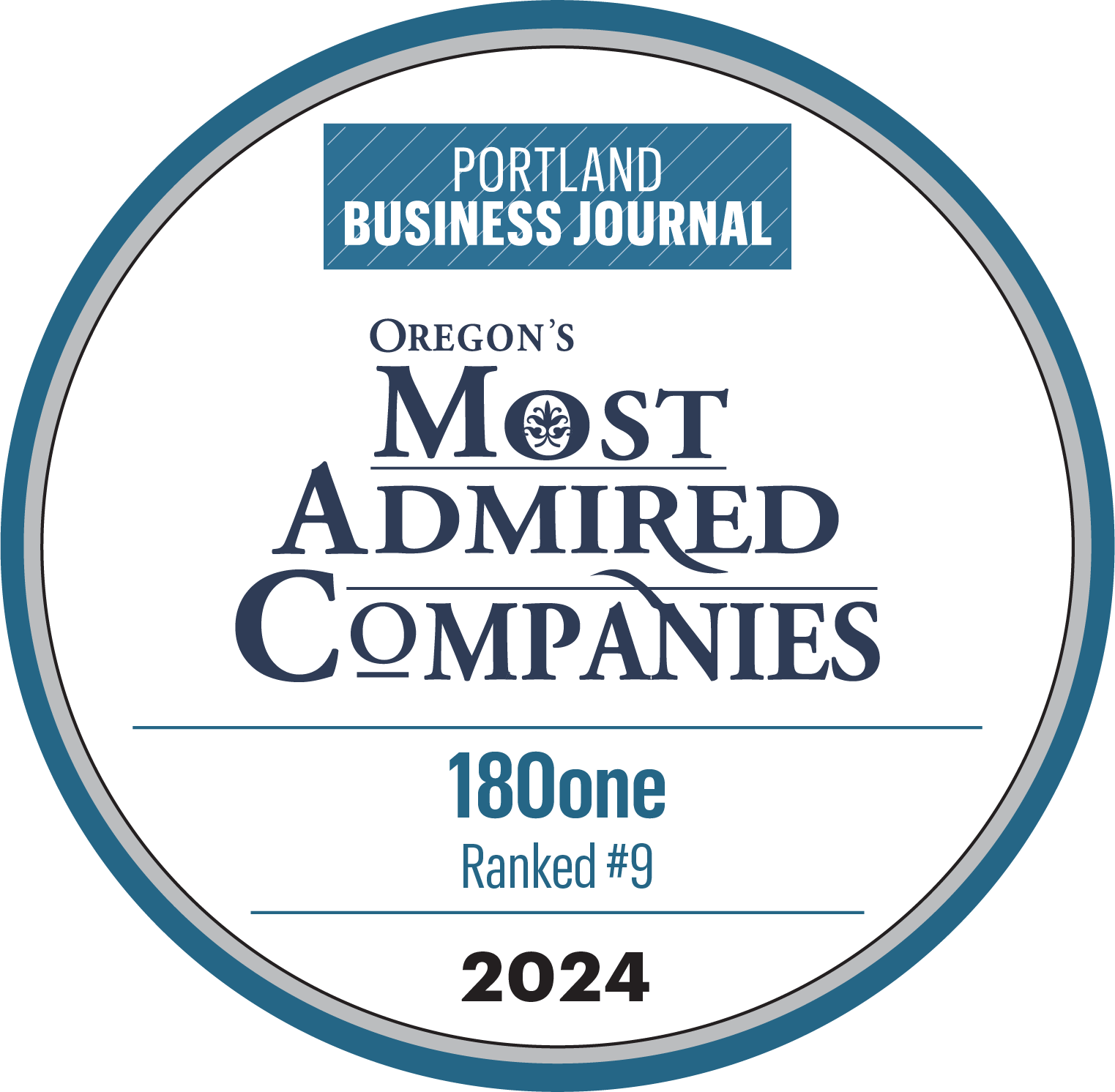How to Conduct an Effective Confidential Search

Psst…. we’re hiring
There are countless reasons why organizations suddenly have open positions. Perhaps rapid growth is cause for a new role, or maybe an individual is promoted or moves within or outside of their organization. These are, for the most part, positive and common reasons that a position needs to be filled, and the search and recruitment process that follows tends to be relatively straightforward. However, when the reasons for an open position are cause for a confidential search, the methods and sequencing of activities can get a bit more complicated, and oftentimes we find that our clients dread this scenario.
When a Confidential Search is the Right Approach
First things first, it needs to be determined if a situation requires a confidential search, or if a traditional search approach can be conducted. We have found there to be three main scenarios that tend to warrant a confidential approach:
- Someone is retiring or transitioning out of their role and the organization wants to minimize the uncertainty with the internal team and related third parties until a successor candidate is identified and secured.
- The role is very strategic, and the organization does not want their competitors or other third parties to be aware of this new position (e.g. upcoming acquisition, new geography or new business unit).
- The incumbent has a performance issue and the organization does not want to risk the incumbent departing before the successor has been secured.
The Drawbacks of Conducting a Confidential Search
While there might be business reasons to conduct a confidential search, they are accompanied with a few drawbacks that impact either the timeliness and/or quality of the search. Not being able to disclose the company to candidates at the beginning of the search tends to result in fewer qualified candidates being interested.
A job is what you do, an organization is why you do it.
The best candidates are selective, and they want to do research on the organization to ensure they are investing their time wisely. Candidates are typically drawn to an organization first, before then being drawn to the job. By not being able to disclose the company, hiring managers find that some great candidates are often reluctant to advance their candidacy.
Another drawback surfaces in the scenario where the incumbent has performance issues and the organization plans to terminate them once a successor is identified. Prospective candidates could easily interpret this as a sign that the hiring organization has an inability to manage and/or communicate with their employees, thus questioning why they would ever put them self in that position. Is that their potential future?
Modifications of the Search Process
Despite the drawbacks a confidential search places on the search process, there are some modifications that can be incorporated to help offset those negative impacts—so don’t be alarmed.
Understanding the role: The front end of the recruitment is the same as in a standard search with respect to gaining an understanding of the need for the role, figuring out how to define success and the creation of any candidate assessment or evaluation templates. These are always tailored for each search, a confidential search being no exception.
Sourcing: The methods which an organization utilizes to identify candidates is the phase of a confidential search that gets impacted the most. Typical practices might involve modifying the sequencing of discussions with a prospective candidate.
- If the organization’s need for a confidential search will expire on a certain date, 180one has found it effective to continue reaching out to candidates in a timely manner, but then to schedule follow up calls with prospective candidates at a time when we can disclose. This approach uses the silent period to at least gauge interest, while not wasting time with detailed conversations until more meaningful information can be shared.
- If the organization’s reasoning for a confidential search is based on a low performing incumbent, the utilization of an ND&A with a prospective candidate, or only disclosing information to a small group of qualified and interested candidates is a good work around.
- Additionally, focusing on sourcing candidates out of the area can help mitigate the internal team or incumbent finding out through their channels that there is a search being conducted.
Job Postings: This one is a bit more obvious, but if an organization relies on job postings, or distributing the position amongst their network, the position description must be scrubbed from any identifiers that could disclose the hiring organization. PRO-TIP: Do not use past position descriptions as they tend to have a similar format, use common vernacular or acronyms that could ultimately leave a fingerprint of the organization. These candidates are smart, and it doesn’t take much to put the pieces together!
Research/Targeting: It is nearly impossible for an internal recruiter to conduct a confidential search without immediately giving away the company’s identity, thus it is imperative that a third party recruiting firm is utilized. A recruiting firm’s arms-length relationship with the hiring organization tends to create enough of a buffer to protect the anonymity of the client, thus the recruiters merely need to eliminate certain talking points that would reveal too much information about the organization.
Conducting an Effective & Efficient Confidential Search
The entire goal of running a confidential search is to protect the organization’s anonymity while identifying the right candidate(s) and maintaining the momentum of the organization’s initiatives, all in a timely manner. It is important for an organization to understand that candidate pools are typically smaller in a confidential search, especially in a tight labor market, but it is not impossible to find a great candidate if the search is setup and thoroughly thought out.
There is no reason that a confidential search needs to be any less effective than a traditional search and leveraging the expertise from those who have the experience in conducting confidential searches could be the most valuable first step of the process.
Ready to hire a retained search firm? Feel free to contact 180one and we’d be happy to assist!






